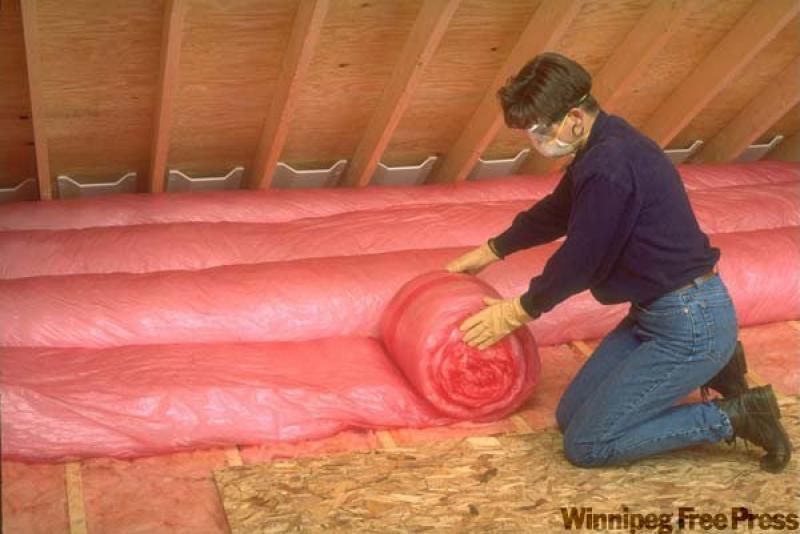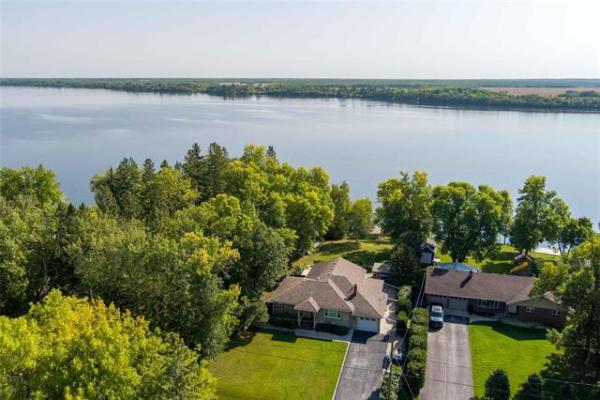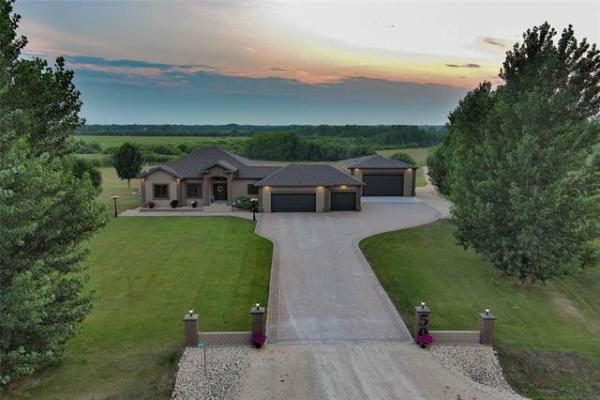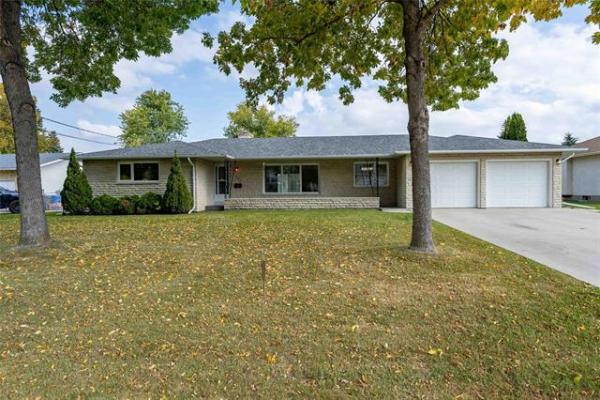--Lori Thiessen, e-mail
Answer -- Insulating the exterior walls of the an old home is an effective way to improve the comfort level, as well as reduce energy consumption, but is normally not the first improvement I suggest to meet these goals. I will discuss various options to make your home warmer and answer your questions about possible insulation solutions.
There are typically three main areas in wood framed homes that are insulated with various products to reduce heat loss and reduce energy consumption for heating and cooling. These are the attic, foundation walls, and house walls. In older homes, like yours, these areas may have been originally constructed with minimal to no additional insulation, other than that provided by the components of the framing, sheathing, and concrete. Some may have older wood shavings, mineral fibre, or fibreglass in the attic and walls, but these are usually minimal in relation to modern standards. Adding more insulation and proper air-vapour barriers, particularly in the attic, may reduce heat and warm air loss.
The first place typically to concentrate on in this initiative is the attic. This is due to the fact that warm, heated air rises to the highest point in the home, the attic floor. Adding substantial amounts of high quality insulation will minimize heat loss through the ceilings in the home, but is not the complete solution. Recent studies have shown that improvements to prevent air loss at the exterior of the home, or building envelope, will make a more significant effect on heat loss that just adding insulation, alone. Because of this, insulation that provides a significant improvement in preventing air movement should be chosen. Once this attic insulation upgrade is achieved, the next places to concentrate on are the foundation and house walls.
Because of the nature of older homes, there can be a significant amount of air leakage in and out of the basement through older, drafty windows and poorly sealed or cracked foundation walls. That is why installation of proper insulation and air-vapour barriers over the bare concrete walls is stressed by energy evaluators and others in related industries. Stopping cold air infiltration through the basement can significantly reduce the convective air currents in the home, often called "the stack effect". For this reason, insulation of the basement walls and proper air sealing of this area and basement windows should be addressed before the upper house walls. You have stated that the basement has recently been finished, but many homes I see are poorly sealed with large gaps at the windows and between the floor joists. Once this is successfully dealt with, the upper floor or floors of the home should be addressed.
Again, because air sealing is so critical to improving the comfort of the home, the first thing to be checked in your home's main floor is not the walls, but the windows and doors. Once the attic and basement are properly insulated and relatively well sealed, the next place that air exfiltration will occur are any gaps in the building envelope on the main floor. Because your home likely has plastered walls with several coats of paint and an exterior layer of building paper and siding, air loss through this area will not be significant, compared to older windows and doors, if they are still present. Replacing any older wood slider windows with modern, well-sealed vinyl ones will make a much larger improvement to comfort than insulating the walls. Simple improvements like installation of high quality weatherstripping on doors and blowing in small amounts of foam around the old window frames or behind old baseboards may provide a bigger difference in prevention of drafts that make the home feel much cooler than it really is.
Once the above areas are addressed, insulation of the exterior walls will be the final piece of the puzzle in reducing heat loss. Without removal of the exterior stucco, siding, or interior wall coverings, there may only be two practical options for insulation of your exterior walls. Installation of cellulose fibre or blown-in foams from the exterior may achieve your desired results for better insulated walls. This can be accomplished by drilling a series or holes through the stucco and exterior sheathing to allow access to the wall cavity, between the wood studs. Once the holes are complete, insulation can be injected under pressure through these small openings.
If properly installed, both types of insulation may be effective, but larger holes may be required for the installation of cellulose fibre relative to foam. This will affect the look of the stucco upon completion of the upgrades, as it may be difficult to patch the holes to match the existing finish. Also, any existing insulation in the walls may prevent complete coverage with the newly installed products, limiting their effectiveness. The newer "tile" may be even more difficult to drill and patch, depending on its composition.
While it is commendable to strive for improved energy efficiency in your older home by insulating the exterior walls, there may be several more effective, less difficult areas to address to achieve your goal of improved comfort in the cold months.
Ari Marantz is the owner of Trained Eye Home Inspection Ltd. and the president of the Canadian Association of Home & Property Inspectors - Manitoba (www.cahpi.mb.ca). Questions can be e-mailed or sent to: Ask The Inspector, P. O. Box 69021, #110-2025 Corydon Ave., Winnipeg, MB. R3P 2G9. Ari can be reached at (204) 291-5358 or check out his website at www.trainedeye.ca.




